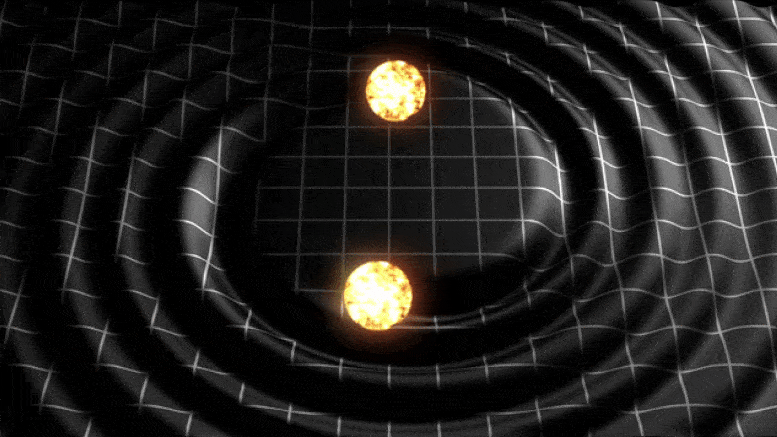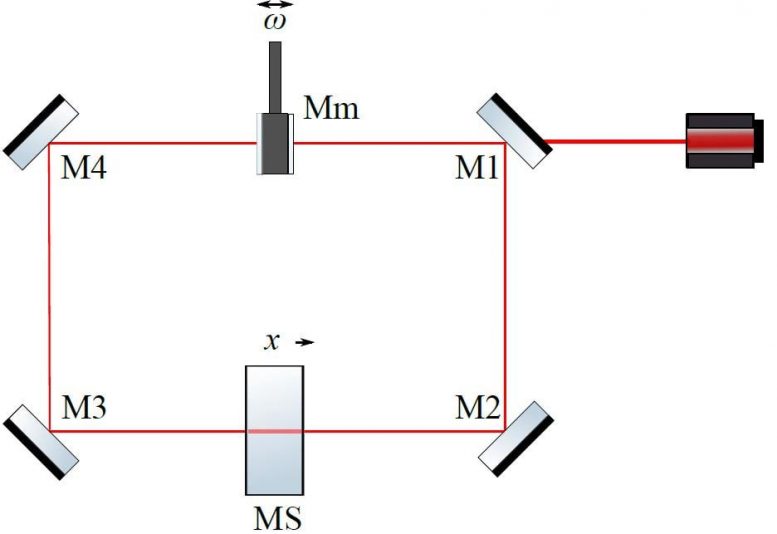
Gravitational wave detectors are extremely complex instruments of precision measurement. They use interference as the physical mechanism to measure passing gravitational waves (GWs)—ripples in space-time—from different astronomical sources and events, like two neutron stars merging. The passing wave signal gets encoded into a wave of light and is read-out after exiting the interferometer. The issue is that the signal is so weak that any movement from the optical components will degrade the signal strength. For example, the random motion of particles that make up the material is called ‘thermal noise’.
In the design of GW detectors, ‘optomechanical’ cavities are used to enhance the signal from GW detectors. These cavities, or ‘resonators’, typically have two, moving-end mirrors which trap and amplify light. There is one problem however: the mirrors can move too much due to thermal noise! If we can minimize the thermal noise of these resonators, it will improve the GW sensitivity.

The Double-End-Mirror-Sloshing (DEMS) cavity—shown in Figure 1—is a special type of optomechanical cavity which consists of four mirrors, a transmitting sloshing mirror, and a resonator which reflects light from both sides (double-end-mirror). Using the DEMS cavity, the resonator exhibits very low levels of thermal noise through a process called ‘optical dilution’, which works by trapping the resonator in a potential well using radiation pressure. This keeps the resonator tightly bound, so it’s not easily disturbed from the random thermal fluctuations.
In a study led by the OzGrav, researchers explain that, although the optical spring is not unique to the DEMS cavity, the troublesome impact of radiation pressure noise and anti-damping effects are circumvented in the DEMS cavity, but are unavoidable in a two-mirror cavity.

First author and OzGrav research assistant Parris Trahanas explains: ‘The key mechanism that allows the DEMS cavity these qualities is the transmissive sloshing mirror component—it turns the DEMS cavity into a coupled optical resonator, which is the optical equivalent of connecting two spring mass systems together with a third spring.’
The results in Figure 2 show the avoided crossing of the optical resonances which is characteristic of a coupled oscillator—this will be an extremely useful tool for GW detectors, but could be more broadly applied to any field requiring low thermal noise in mechanical resonators.
Never miss a breakthrough: Join the SciTechDaily newsletter.